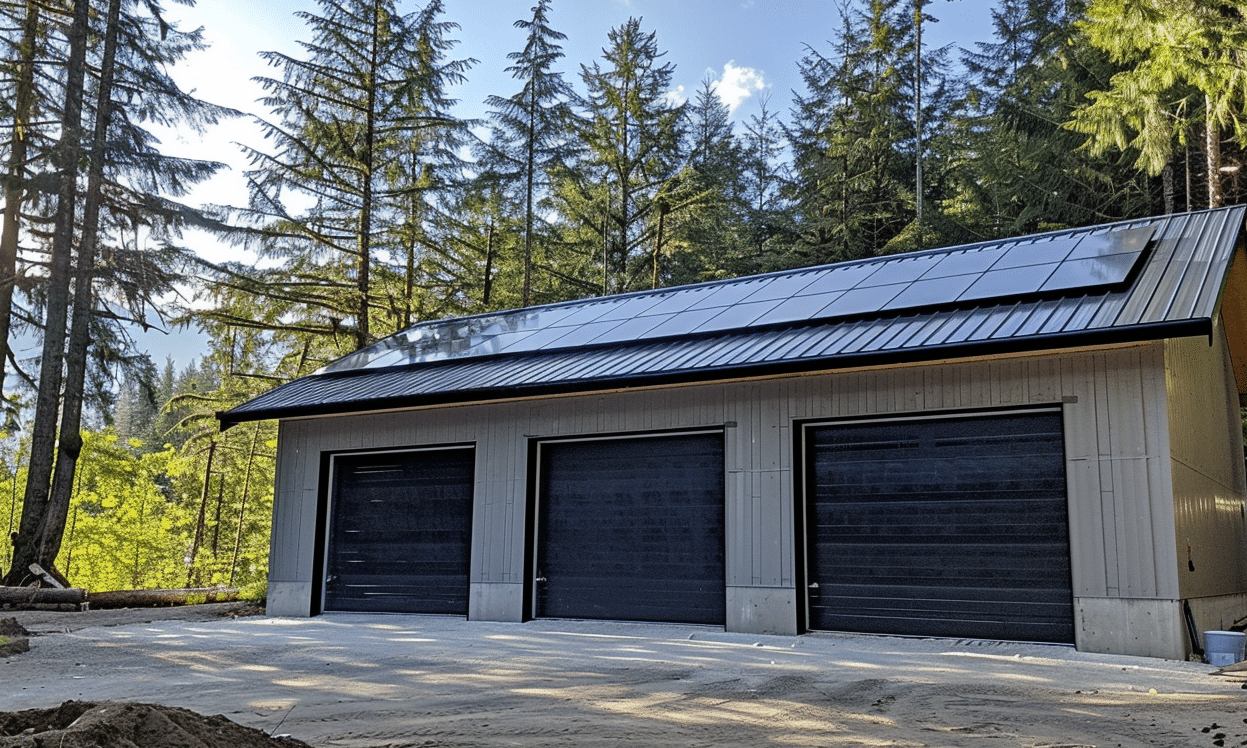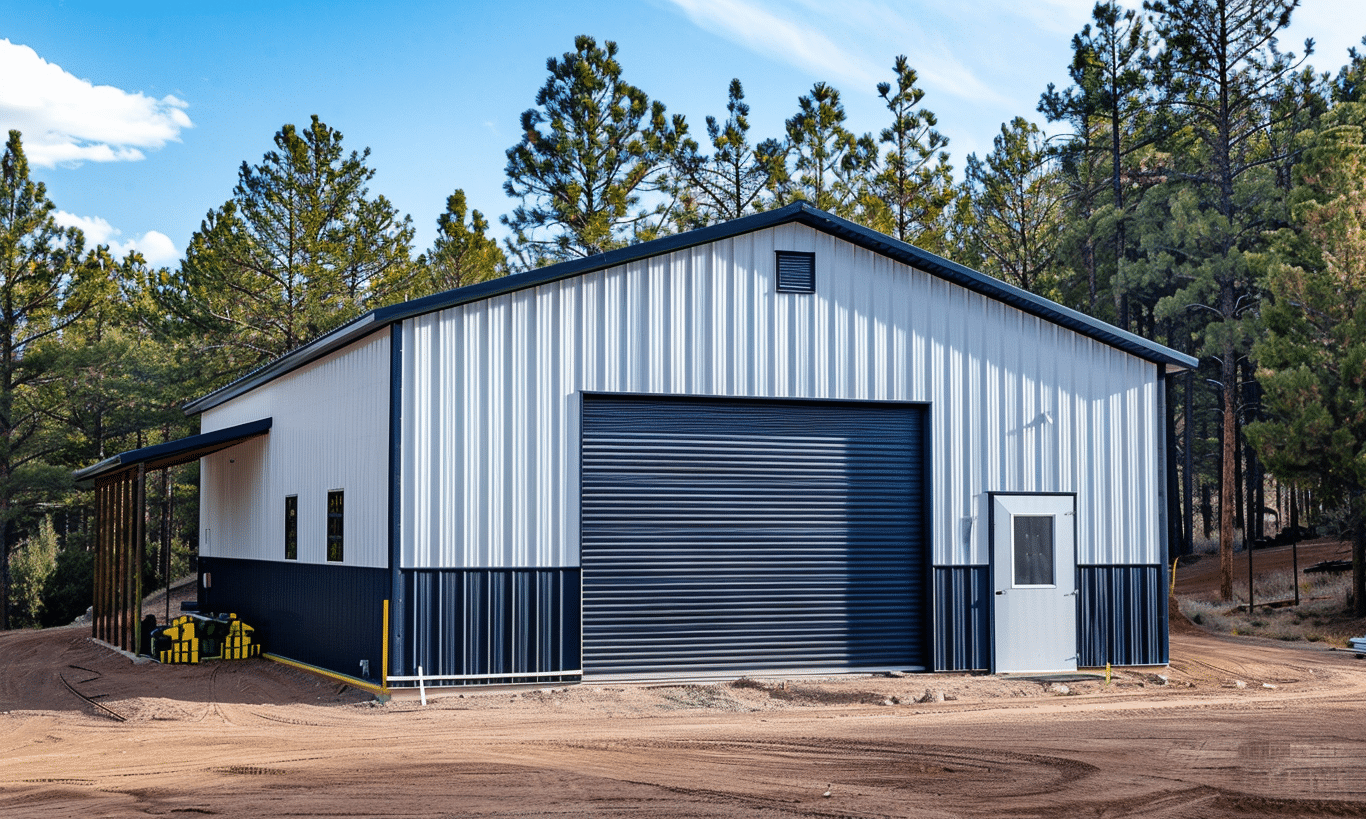In the bustling world of commerce, where innovation and creativity blossom, modern office space design trends hold a pivotal role. With workspaces that echo the dynamism of a well-orchestrated symphony, businesses stand to gain not only in aesthetics but also in fostering productivity and employee satisfaction. But what precisely are these design trends reshaping the landscape of office spaces today? And how can commercial enterprises leverage these trends for an optimal, productive atmosphere?
Shifts in Modern Office Space Design
In the past, offices were synonymous with rows of desks and partitioned cubicles, a setup as predictable as the sunrise. Today, the narrative is changing. Modern office space design trends lean towards spaces that are flexible, sustainable, and deeply attuned to the well-being of their occupants. It’s akin to a masterful piece of architecture—an environment meticulously crafted for both form and function.
1. Flexibility at the Forefront
Imagine an office space where walls can be pulled back, inviting collaboration and creativity. The emphasis now is on flexibility—think open layouts, movable furniture, and modular workstations. This flexibility fosters an environment where employees are not just confined to a cubicle but can engage and interact freely. The goal? To enhance communication and teamwork, like a well-rehearsed choir hitting every note in unison.
For companies looking to optimize their workspace for productivity, consider embracing Office space planning for productivity techniques. With strategic planning, office spaces can evolve to support varied tasks—from head-down focus work to spirited brainstorming sessions.
2. Biophilic Design Elements
Just as humans are drawn to nature, biophilic design incorporates natural elements like plants, natural light, and organic materials into the office space. This trend isn’t just about aesthetics; numerous studies show that integrating elements of nature can reduce stress and enhance mental well-being—a powerful symphony of positive effects that resonate through employee performance.
3. Technology-Integrated Spaces
In today’s tech-driven world, the integration of technology in office design is as vital as the conductor in an orchestra. Smart devices, wireless charging stations, and digital collaborative tools are increasingly common, aiding in seamless communication and efficient workflows. Moreover, huddle rooms equipped with state-of-the-art video conferencing tools ensure that remote team members feel as integrated as those physically present.
One of the popular approaches involves utilizing metal buildings. Besides being cost-effective, they are durable and lend themselves well to modern, tech-savvy designs.
The Role of Well-Designed Office Interiors
A well-designed office is not merely a physical space; it’s a catalyst for innovation and growth. The importance of such thoughtful design cannot be overstated. It propels employee satisfaction and engagement, much like a captivating overture that sets the stage for an inspiring performance. Insights into creating such environments can be found at Well-designed office interiors.

Sustainability and Eco-Friendliness
Green is no longer just a color—it’s a movement. With sustainability becoming a priority, environmentally friendly materials and energy-efficient solutions are essential components of modern office design. From LED lighting to reclaimed materials, today’s offices are making strides toward sustainability akin to a well-conducted orchestra minimizing chaos and maximizing harmony.
Smart Solutions in Construction for Modern Offices
Choosing the right construction partner is crucial. Enlisting trusted Commercial Builders can make all the difference. They have the expertise to integrate eco-smart design solutions and cutting-edge technologies into your office infrastructure.
Image-Driven Inspirations
For those seeking inspiration, a plethora of design ideas is readily accessible through platforms like Office Snapshots. These visual databases provide a glimpse into what could potentially become the next iconic office space—brimming with ideas that marry style with functionality.
Conclusion: Crafting the Future of Workspaces
As businesses continue to navigate the changing tides of industry and work culture, the importance of modern office space design trends becomes ever more apparent. By embracing flexibility, biophilic elements, technology integration, and sustainability, offices transform into spaces that not only serve their functional purpose but foster a culture of creativity and productivity. Like a carefully composed piece of music, every element of the design works in harmony to create an environment where ideas flow freely and innovation thrives.
In grasping these trends, businesses not only redesign their physical spaces but also redefine the essence of the workplace itself—setting the stage for a future where work isn’t just a duty, but a delightful, harmonious experience.










